Nestled in the heart of Thiruvananthapuram, Kerala, the Padmanabhaswamy Temple is not just an architectural marvel, but also a fascinating enigma that captures the curiosity of historians, spiritual seekers, and curious travelers alike. The temple, dedicated to Lord Vishnu, is one of the 108 Divya Desams, the holy shrines revered in Vaishnavite tradition, and it has become a symbol of the region’s rich culture, deep spirituality, and unmatched historical significance.
A Glimpse of the Temple’s Glory
The Padmanabhaswamy Temple stands tall as a reminder of the grandeur of ancient Indian architecture. Its intricate Dravidian-style design, combined with magnificent murals, carvings, and majestic gopurams (towers), mesmerizes anyone who steps foot inside. The deity of Lord Vishnu is depicted in the Anantha Shayanam (reclining) posture, symbolizing his eternal rest upon the cosmic serpent, Ananta. The sight of the deity is enough to transport you into a world of tranquility and devotion.
However, the temple's appeal goes beyond its divine aura. The mysteries and legends surrounding it add layers of intrigue, making it a must-visit for both history buffs and spiritual travelers.
The Legendary Vaults: A Treasure Trove of Secrets
What truly sets the Padmanabhaswamy Temple apart are the cryptic vaults, famously known as the "Vaults of Padmanabhaswamy." In 2011, the temple made international headlines when hidden chambers were opened, revealing unimaginable wealth, including gold, precious stones, and artifacts worth billions of dollars. The vaults had remained sealed for centuries, and their sudden discovery has fueled speculation, conspiracy theories, and wonder about the temple’s ancient history and the origins of its treasure.
Six vaults, labeled A to F, have intrigued researchers, with Vault B being the most famous. Vault B, which was not opened until the discovery in 2011, is said to hold immense treasures—golden idols, coins, and other priceless items. Some claim it is locked with a secret combination that no one can decipher, and there are even legends that speak of a curse on those who dare open it further.
Despite the treasure, the real value of the temple lies in the spiritual connection it offers. The stories and myths surrounding the vaults add a layer of sacredness, and visitors are advised to respect the traditions and sanctity of the temple.
The Rich History and Cultural Heritage
Padmanabhaswamy Temple's history is intricately woven into the fabric of Kerala’s royal lineage. It has long been under the patronage of the Travancore royal family, with the kings of the region being ardent devotees of Lord Vishnu. The temple’s wealth and its royal connection were intertwined, with the Travancore kings responsible for managing the temple’s upkeep and ensuring its prosperity for centuries.
Walking through the temple complex, travelers can see the legacy of these royal patrons, with royal offerings, donations, and inscriptions chronicling their devotion. The architectural style itself is a fusion of Kerala and Tamil traditions, blending beautifully into the region’s landscape. As you explore the temple’s corridors and shrines, it becomes clear that the Padmanabhaswamy Temple is not just a place of worship, but also a significant cultural and historical landmark.
Spiritual Significance: More Than Just a Temple
For pilgrims and spiritual seekers, the Padmanabhaswamy Temple represents more than just a destination; it is a divine journey. The temple’s sanctum sanctorum, where the idol of Lord Vishnu lies in his reclining form, is a powerful symbol of the God’s protection and blessing. Visitors often find solace in the temple's serene atmosphere, where the rhythmic sounds of temple bells and the chanting of mantras reverberate through the air, fostering a deep sense of devotion.
The temple is also known for its strict dress code and rituals, adding to the mystique of the visit. Visitors are required to dress conservatively—men typically wear dhotis, while women wear sarees or traditional Kerala attire. These rituals and guidelines are integral to preserving the sanctity of the temple.
Tips for Visiting the Padmanabhaswamy Temple
- Timing Your Visit: The temple is open for visitors in the early morning and late evening, with specific hours for darshan (viewing the deity). Make sure to check the temple's timings in advance as they can change based on festivals or special events.
- Dress Code: Adhere to the temple’s dress code as it is an important aspect of respecting its sacred space. Men should wear dhotis or lungis, and women should wear sarees or traditional Kerala attire.
- Mystical Experience: Be prepared for a quiet, introspective visit. Photography is generally not allowed inside the temple, and visitors are encouraged to maintain a peaceful and respectful demeanor.
- Accessing the Vaults: While the mysterious vaults may remain out of reach for the public, the surrounding myths and historical context are still worth exploring. Engaging with local guides can offer a deeper insight into the temple’s lore.
Beyond the Temple: Exploring Thiruvananthapuram
While the Padmanabhaswamy Temple is undoubtedly the star attraction, Thiruvananthapuram offers other delightful experiences for travelers. Visit the nearby Kovalam Beach for some sun and sand, explore the historic Napier Museum, or take a stroll through the lush green landscapes of the surrounding hill stations. Kerala, often referred to as "God's Own Country," offers a plethora of experiences beyond the sacred walls of the Padmanabhaswamy Temple.
Embark on a spiritual journey to Padmanabhaswamy Temple through skyroutetravel.lk

 Canada
Canada
 India
India
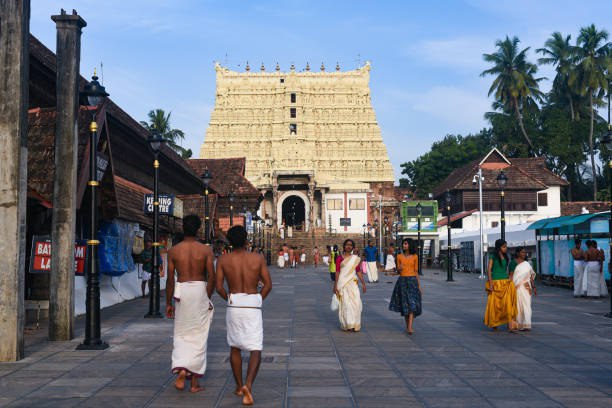

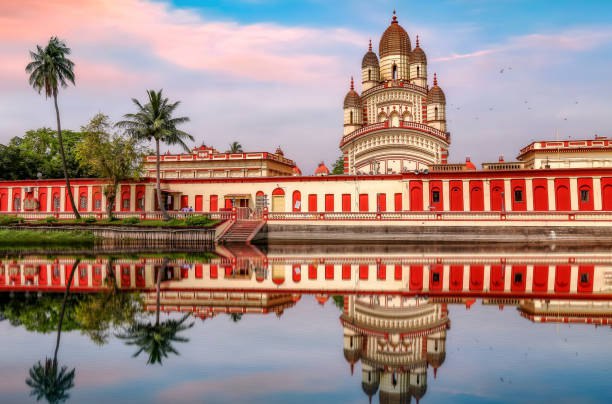
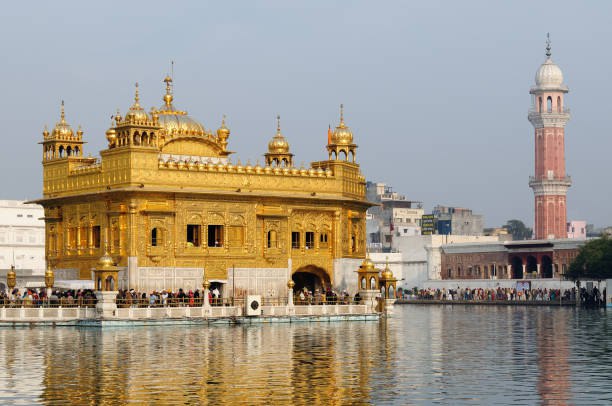
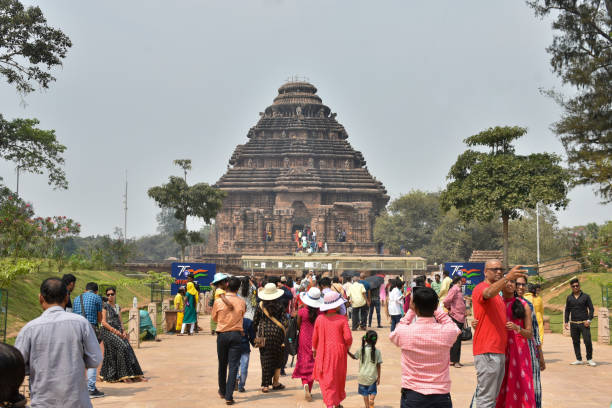
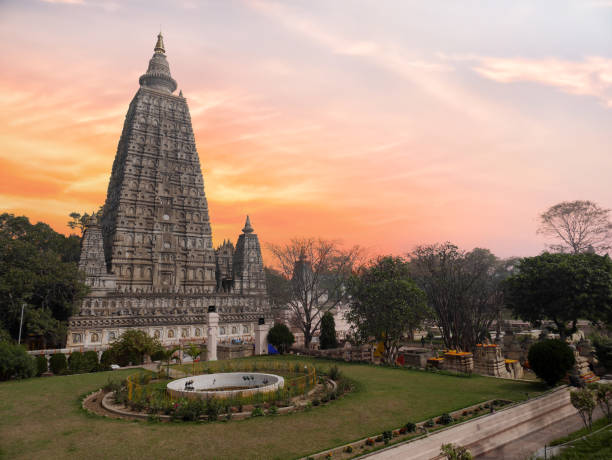
0 comments for this post